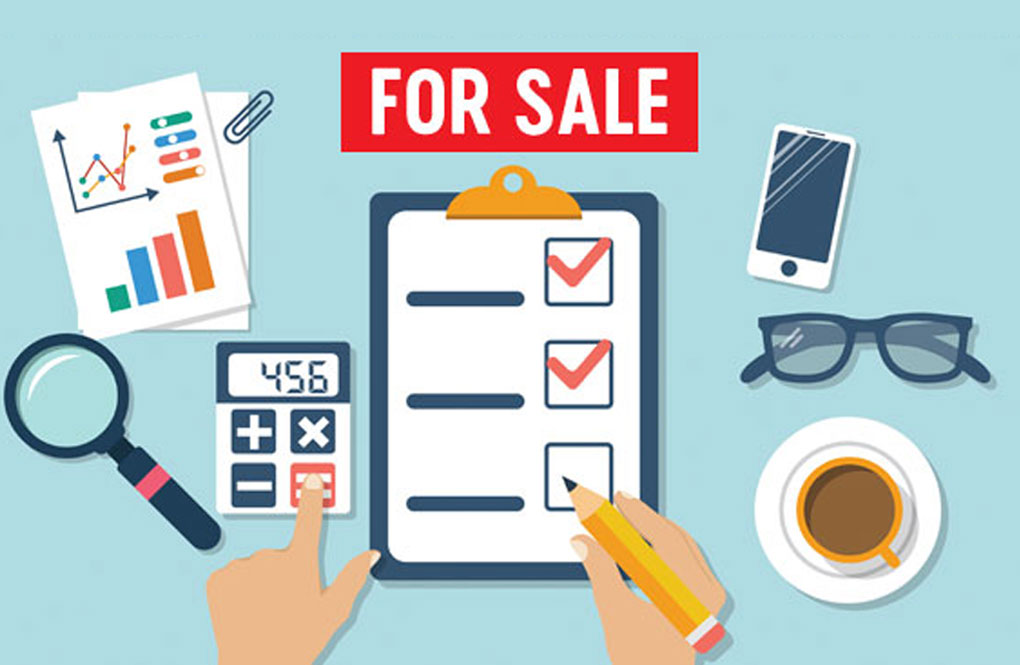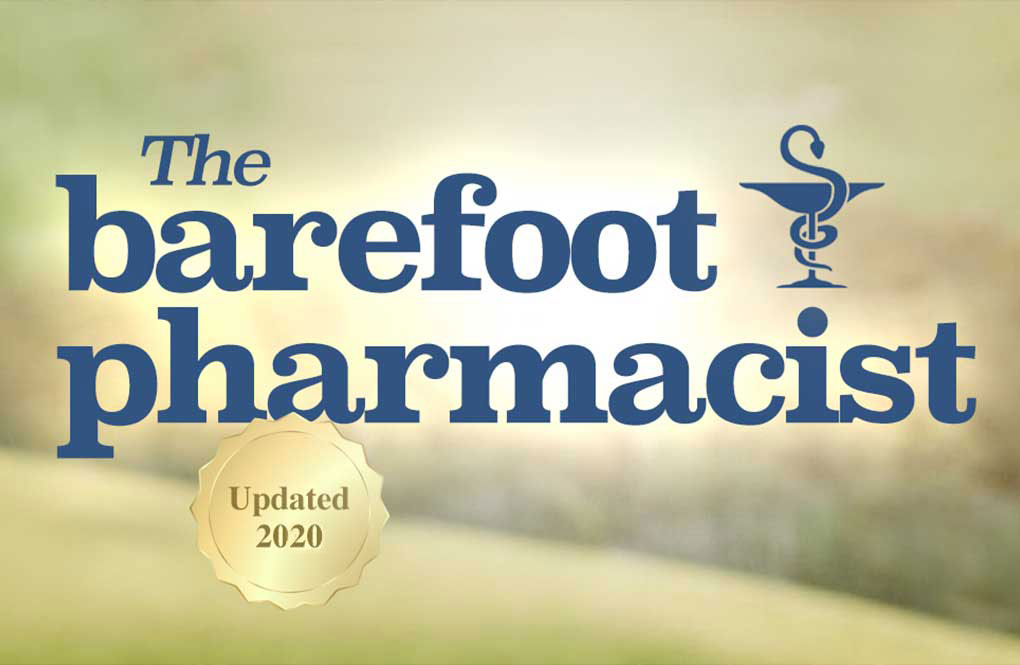On the list of things I had prepared for when opening a health business, a pandemic was not one of them. I thought I had planned for most possible scenarios but the possibility of the clinic being forced to close for an extended period of time seemed highly improbable. Once it became evident that COVID-19 was going to have a significant impact on our business, the fear and uncertainty was at times suffocating. Once the realisation sunk in, I quickly realised that as a team we needed to work pivot quickly to ensure we would come out of this with a business still intact.
The hardest thing initially was not knowing if and when we were going to be told to shut the doors. We assumed given the hands-on nature of the treatment we provide in our clinic that it was only a matter of time before we would be required to cease trading by the government. The vast majority of the services we offer involve having the patient present and more often than not applying treatments directly to the patient. So with the possibility that contact with patients was going to be restricted, it forced us to think laterally about how we could, at the very least, continue the treatment of patients already in our care.
Our focus was not only to look at ways we could continue patient care but also how we could achieve the same treatment outcomes. We were forced to pivot very rapidly to introduce telehealth – online video consultations. We realised that it was key if this was to work that we needed to ensure we gave an excellent patient experience from the outset and we needed to quickly reinvent how we structured the consults to ensure they were just as effective. The biggest challenge was how were we able to deliver the same outcomes if we were unable to physically touch the patient. It would make it much harder to find out where their pain was, perform certain clinical tests and there was a huge concern that developing rapport and trust
online would be a lot harder.
We felt it was key to make the consult very personable and spend the majority of the allocated time listening to the patient and ascertaining their motivations for wanting their issue resolved. One of the main problems we needed to solve was how to easily conduct the relevant clinical tests on the patient to determine their diagnosis. To combat this we video recorded all the tests we needed so the patient could easily perform the relevant test and give us accurate information. We also used pre-recorded videos to share with the patient at the end of the consults to explain any necessary exercises, stretches and taping they would be required to do. Once we had discussed with the patient their diagnosis we were able to write up a plan and then book follow up appointments to keep them on track.
While we, on occasions, had to think out of the box for alternatives to hands-on therapy we found the outcomes we were able to achieve with patients were in fact very similar. Hands-on therapies certainly can help speed up the progress but a well-structured, guided rehabilitation
plan can be, in our experience, just as successful.
Given the success of our online consultations there is certainly room for us to grow our client base and expand into offering our services to regional areas and more broadly across Australia. With COVID-19 looking like it’s here to stay for some time, our decision to pivot to telehealth has proved worthwhile and certainly worth considering for all health practices out there.
– Andrew Maitland, Melbourne Podiatry Clinic













